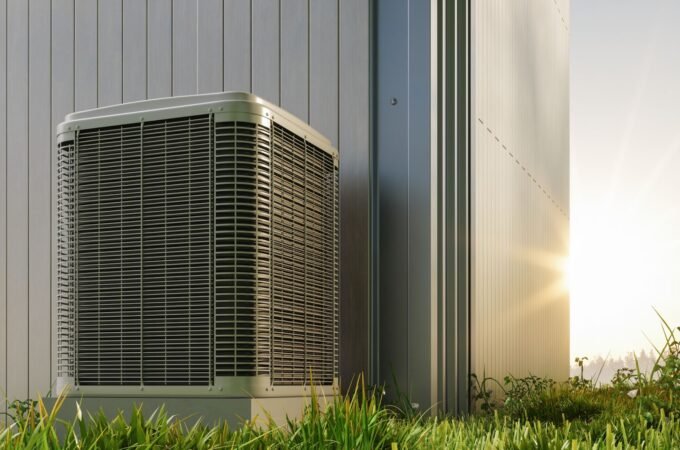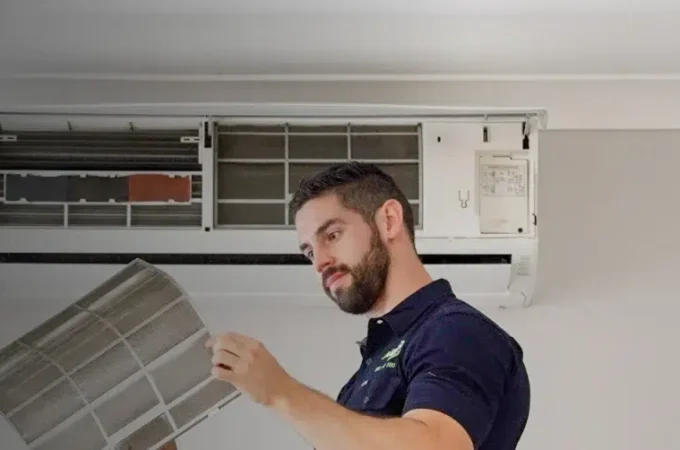
Top Tips for an Energy-Efficient & Healthy Home
Energy-efficiency is a buzz word right now, and with good reason. Not only is an energy-efficient home environmentally friendly it also helps us cut down on running costs and it is the key to a healthier home.
This stands to reason because our home energy bills are directly related to all the fixtures, systems, and appliances in our homes. When these meet the strict energy-efficiency guidelines that have been set by the U.S. Department of Energy (DOE) and the U.S. Environmental Protection Agency (EPA) they consume less energy than conventional appliances, fixtures, and systems and ultimately save money. While it is true that most are more expensive than conventional types, when you look at the evidence, there is no doubt that the initial investment is worth it.
At the end of the day, however gorgeous your home is inside and out, it needs to be energy efficient and healthy.
The DOE and EPA provide consumers with lots of information, including calculators that they can use to estimate energy costs and work our ways to save money by replacing old equipment with products that are energy efficient. An easy, failsafe option is to use ENERGY STAR products that have been certified to meet the strict DOE and EPA guidelines.
Fixtures, systems, and appliances that are resource- and energy-efficient fall into six basic categories:
1. Windows, skylights, and doors
2. Heating and cooling systems
3. Water heating systems and equipment
4. Water-efficient fixtures
5. Appliances and electronics used in the house
6. Lighting, including the light bulbs we use
Windows, Skylights, and Doors

While windows, skylights, and doors play an important role in the design and style of our homes, they can play a vital role in terms of helping to save energy by reducing heating and cooling costs.
The energy performance of doors, windows, and skylights is measured in two ways, by the:
1. U-factor, which is the rate at which they conduct non-solar heat flow. The lower the U-factor the better.
2. Solar heat gain coefficient (SHGC), which indicates the fraction of solar radiation that comes through openings. The lower the SHGC the better.
Other factors that affect the choice of windows include their orientation, and the design of the building including external shading provided. But the material used for the frames, as well as the glazing, also make a big difference. It all has to do with thermal performance, which is a subject you should discuss with your architect or designer.
Similarly, the decision of the position and type of skylightsto be incorporated will depend on the design of the house as well as local climatic conditions.
Don’t ever underestimate the value of doors when it comes to sealing the building envelope and minimizing the loss of energy. And remember that fresh air is healthy air!
Heating and Cooling Systems
ENERGY STAR-rated equipment and appliances play a major role when it comes to heating and cooling systems in our homes. Just installing air conditioners that are ENERGY STAR-rated can help you save 15% energy when compared to conventional air cons that aren’t rated. ENERGY STAR-rated ductless heating and cooling systems can reduce costs by as much as 30%.
But there is a lot more to heating and cooling systems as any good heating, ventilation, and air conditioning HVAC engineer will explain. Apart from anything else, there are enormous implications when it comes to the quality of indoor air in the house. That’s where health implications kick in.
Water Heating
While the regular maintenance of water heaters, together with the use of proper settings, will always help to save energy and in this way reduce the costs of heating water, a top tip is to replace your water heater with one that in energy-efficient. There are various types to choose from, including solar water heaters.
Another step that the U.S. Department of Housing and Urban Development (HUD) recommends is to install a drain water heat recovery system that will preheat water when it enters the water heater and recover heat energy from the hot water that has been used in bathtubs, showers, sinks, clothes washers, and dishwashers.
Water Efficient Fixtures

One of the easiest ways to save water is to install low-flow showerheads and faucets. They also help to reduce the costs of heating water and therefore save energy as well.
Generally, if you opt for products that have been certified and bear the WaterSense label, you can’t go wrong.
Appliances & Electronics
Products that qualify for the ENERGY STAR rating are key here. The EnergyGuide label will indicate the annual energy consumption of the appliance and its operating cost.
Lighting

It might not sound like a lot, but lighting accounts for around 10% of the average household’s energy bills. An architect or professional electrical engineer will be the best person to talk to about using natural daylight to minimize the use of artificial lighting. But common sense will be your guide when it comes to using energy-efficient light bulbs.
Common sense is also essential in terms of the energy-efficiency and health of your home and the people who live there.
 Michael Tobias is the founder and principal of Nearby Engineers and New York Engineers, an Inc 5000 Fastest Growing Company in America. He leads a team of more than 30 mechanical, electrical, plumbing, and fire protection engineers from the company headquarters in New York City, and has led numerous projects in New York, New Jersey, Chicago, Pennsylvania, Connecticut, Florida, Maryland, and California, as well as Singapore and Malaysia. He specializes in sustainable building technology and is a member of the U.S. Green Building Council.
Michael Tobias is the founder and principal of Nearby Engineers and New York Engineers, an Inc 5000 Fastest Growing Company in America. He leads a team of more than 30 mechanical, electrical, plumbing, and fire protection engineers from the company headquarters in New York City, and has led numerous projects in New York, New Jersey, Chicago, Pennsylvania, Connecticut, Florida, Maryland, and California, as well as Singapore and Malaysia. He specializes in sustainable building technology and is a member of the U.S. Green Building Council.




